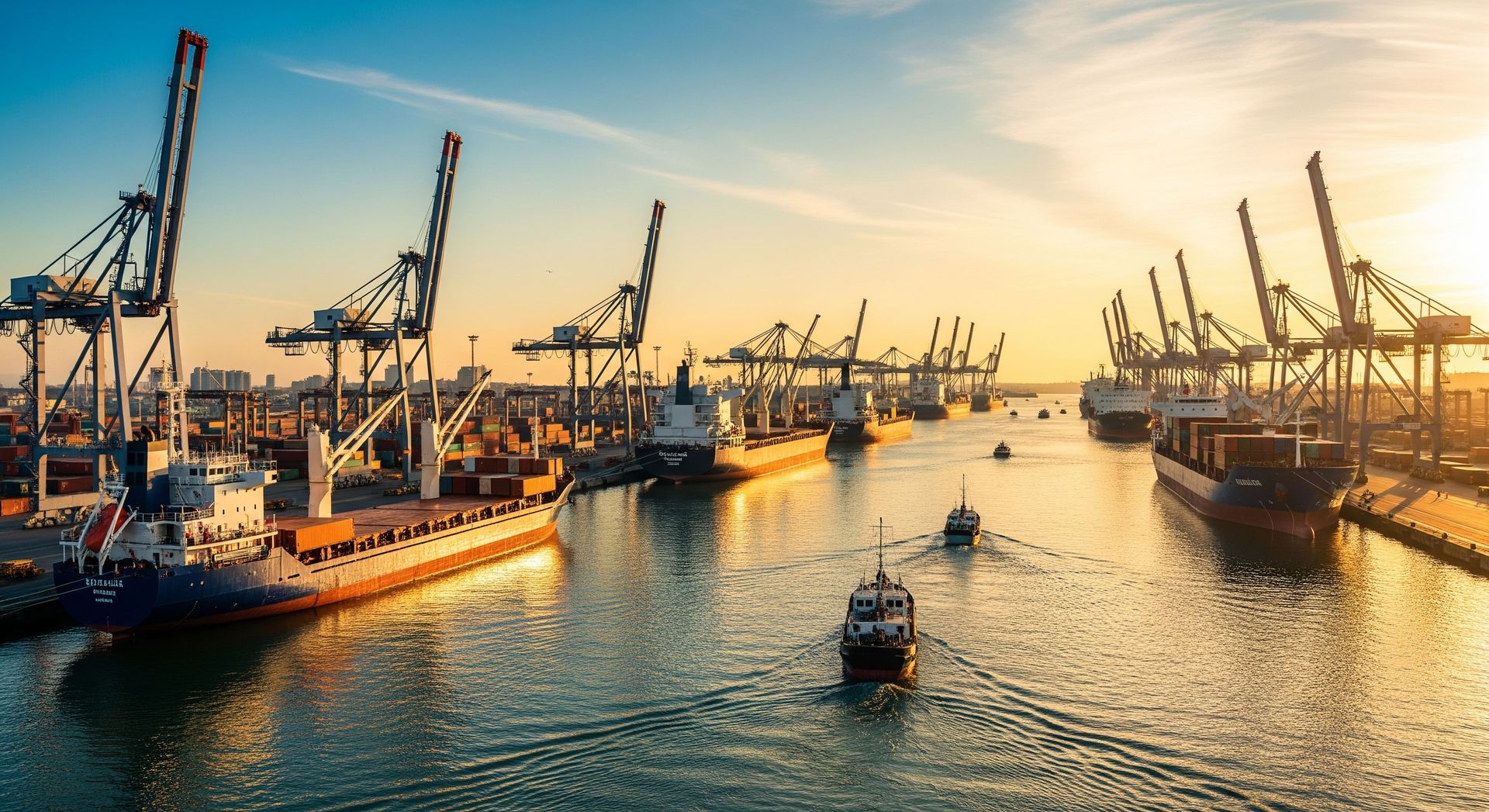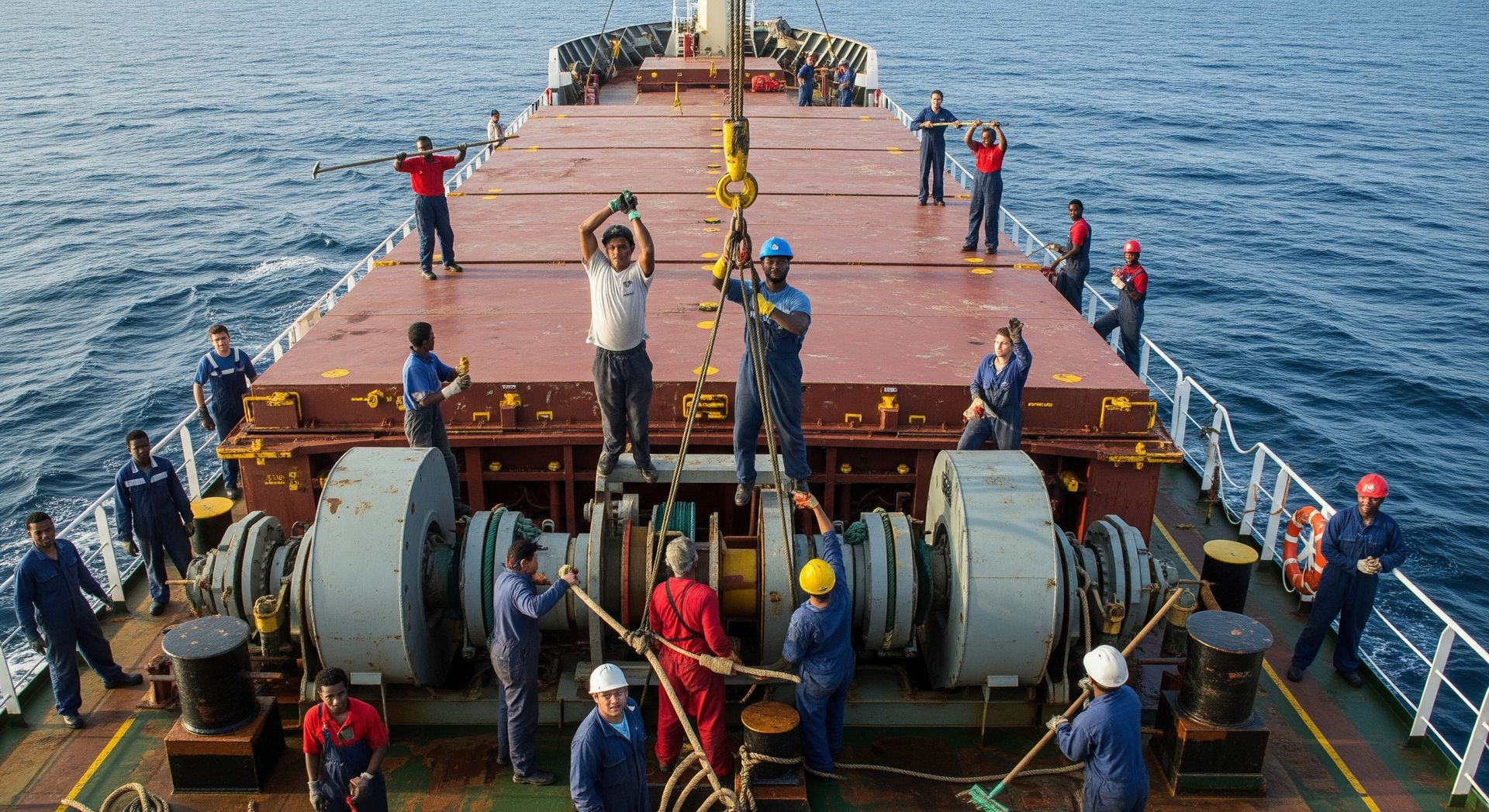How AI Is Powering the Maritime Industry Ahead of IMO’s Net-Zero Framework
The shipping industry has long been the engine of global trade—moving over 90% of the world’s goods across oceans. But for maritime operators, the tide is turning fast. With climate risks rising and regulatory pressure mounting, the International Maritime Organization (IMO) is pushing the industry toward a net-zero future. For maritime leaders, staying ahead of these changes is no longer optional.
To meet new demands on emissions, transparency, and operational efficiency, many are turning to AI. From real-time emissions tracking to predictive decision-making, AI is becoming a critical enabler in preparing fleets, ports, and companies for the 2050 net-zero goal.

The IMO Framework: Global Regulation, Local Impact
In April 2025, the International Maritime Organization (IMO) approved a landmark mid-term measure to drive decarbonization across global shipping. These new regulations are set for formal adoption in October 2025 and are expected to enter into force in 2027.
The IMO’s broader roadmap sets concrete targets:
- Net-zero GHG emissions by or around 2050
- Indicative checkpoints for GHG reductions: at least 20% (striving for 30%) by 2030, and at least 70% (striving for 80%) by 2040 (all compared to 2008 levels)
- A carbon pricing mechanism, as part of a basket of mid-term measures, is expected to enter into force along with other regulations by 2027/2028.
These changes affect all vessels over 5,000 gross tonnage, representing over 85% of global shipping emissions.
This shift turns emissions into:
- A financial liability
- A contractual requirement
- A barrier—or gateway—to investor and customer trust
Annual audits and static reporting no longer suffice. You need continuous
monitoring, predictive tools, and scalable systems. That’s where AI-powered tools and agents come in.

AI as Your Fleet’s Digital Co-Pilot
AI-driven agents now act as intelligent co-pilots—integrating data, automating reporting, and supporting decision-making across compliance, risk, and sustainability.
Here’s how they help:
Fleet-Wide, Real-Time Emissions Tracking
Plugged into vessel systems, fuel logs, and port data, these agents calculate emissions in real time using IMO-aligned models.
Benefits: See carbon footprint by vessel, voyage, or fleet—live.
Automated Compliance & Reporting
Streamline the creation of regulatory and internal reports with accuracy
and on time.
Benefits: Reduce manual work, minimize errors, and ensure smooth audits.
Carbon Pricing Simulation & Forecasting
Simulate voyage paths, engine loads, and fuel options to forecast carbon cost exposure under 2028 pricing scenarios.
Benefits: Proactively reduce future cost shocks by optimizing today.
Beyond Carbon: Broader Monitoring
Track forced labour risks, crew welfare, biodiversity impacts, and supply chain compliance—all within a single dashboard.
Benefits: Full oversight to meet investor, lender, and charterer expectations.

The Road Ahead: From Obligation to Opportunity
With enforcement just a few years away, Southeast Asian maritime companies have a narrow window to adapt. But this is also an opportunity.
Early movers will benefit from
- Lower compliance costs
- Green contract eligibility
- Improved investor and cargo-owner trust
- Access to government and port incentives
Example: Singapore’s Maritime and Port Authority (MPA) offers incentive
programs like the Green Ship Programme, which in various iterations, provides rebates on tonnage and registration fees for ships exceeding IMO’s standards, switching to biofuels, or achieving high CII ratings.
In the coming weeks, we’ll explore how AI is supporting the maritime industry in navigating new regulatory realities, optimizing operations, and preparing for a net-zero future. This series will dive into the sector’s most pressing challenges and how AI can help accelerate to create a meaningful impact. Stay tuned.
